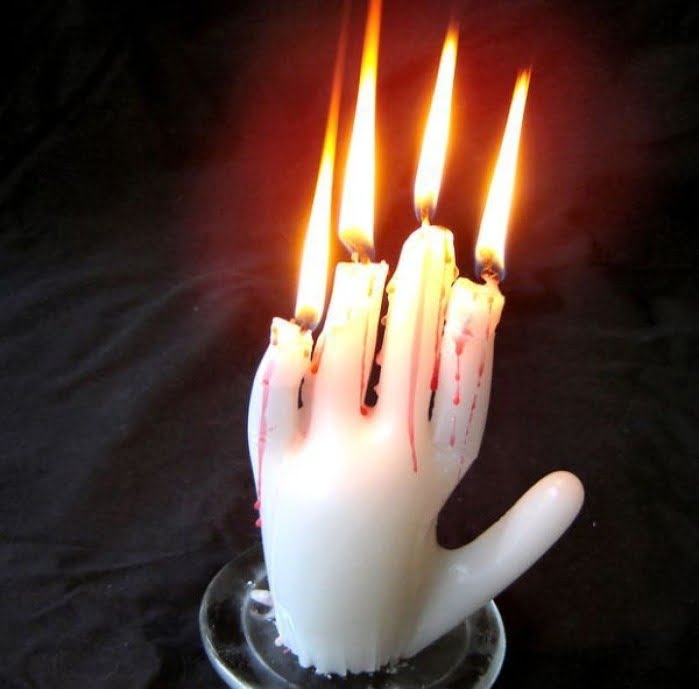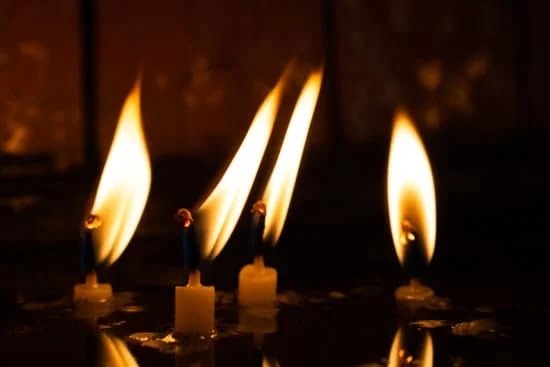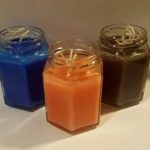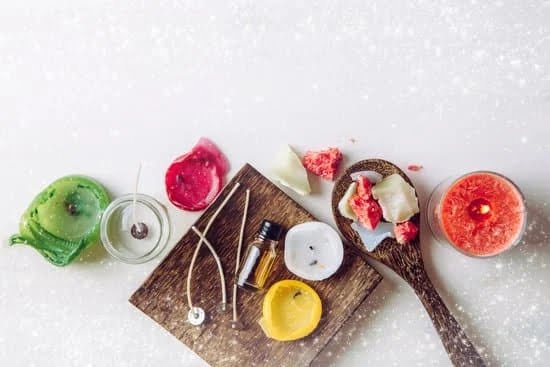Introduction
Essential oils are aromatic liquids distilled from flowers, leaves, stems, and other parts of plants. They have a wide variety of therapeutic and wellbeing benefits, containing hundreds of unique compounds and substances known as active constituents that are released when a oil is inhaled or applied topically. These remarkable combinations of natural chemicals create varied fragrances with distinct healing and calming effects. Essential oils can be used in many forms to create beautiful workables such as candles.
In the craft of candle making, essential oils are the secret key for creating fragrant candles that not only look amazing but also provide healing benefits. By combining high quality essential oils with wax types like soy, paraffin, and beeswax you can make scented candles in both container and pillar form that fill your home with delightful aromas whilst offering additional properties including relaxation, immunity boost, stress relief and more. With so many essential oil types available it can be quite daunting trying to decide which ones to use to make a beautiful smelling candle. That is why we’ve put together this guide; to suggest some stunningly scented essential oil combinations so you can get creative without having to do all the mixing yourself!
Different Types of Essential Oils and Their Benefits
Essential oil blends for candle making are a great way to create unique scents and aromas in your home. When blended correctly, essential oils enhance and accentuate the fragrance of the candle, create an atmosphere of relaxation, comfort, and wellness. Essential oils can be found in abundance at health food stores, herbal shops, and online outlets.
There is a variety of essential oils that can be used for different purposes when creating candles. Some of the common and popular ones include lavender, eucalyptus, lemon, orange, peppermint and sandalwood. Each of these essential oils offers their own set of properties and benefits. For example; Lavender is often used as an anti-inflammatory or analgesic while lemon is known to have antiseptic qualities that help prevent microbial infections; Eucalyptus scent has calming effect on nervous system while peppermint invigorates the mind with its minty sweetness; Orange promotes positivity with its citrus tang while Sandalwood adds depth to any blend with its sensual musky notes. Combining different types of essential oils into one blend can be an art form all to itself; by choosing your favorite combinations you can create unique fragrances that perfectly fit your needs.
Essential Oil Blending Techniques and Tools
Essential oil blends for candle making provide an excellent way to both create scented candles with a variety of interesting and complex scent profiles, as well as to tailor the intensity of the aroma. To get started on selecting ideal essential oil blend ratios and combinations, it’s important to have the right tools, which usually involve two main components: a good nose and a few basic materials. For instance, you will probably want some mixing containers ” such as glass jars or beakers ” to combine your essential oils before adding them to melted wax. Pipettes, measuring spoons and other scale-like devices can also help in accurately measuring drops and portions for various components as you assemble your custom aroma. Additionally, don’t forget about safety! It’s always important to wear protective gloves when working with strong aromatic offerings.
For people who are new to blending essential oils into candles, often a helpful first step is getting acquainted with one of the simpler techniques ” single note blends. Single note blends involve combining quality essential oils that share similar notes, relative fragrances (i.e correlating citrus scents), properties (anti-bacterial or energizing effects) and so on. Begin by exploring different characteristics in complementary harmony until achieving desired results; then gradually move on toward complex blend compositions utilizing various base notes and top notes (lightest & heaviest) for sure-fire fragrance profiles in unison with best representation of your candle’s personality! Be sure to keep accurate records of all trials and combinations; each combination may require slightly different additives at varying time frames during wax preparation while avoiding excess quantities that over saturate or interfere with other recommended essentials incorporated into the mix.
Simple Candle Making Steps for Beginners
Essential oils have been used for centuries as an all-natural aromatic alternative to scented candles. Essential oil blends can be used to create a custom candle scent and also add therapeutic benefits. Many craft stores sell small bottles of essential oils ready-made with pre-mixed combinations that are ideal for candle making.
When it comes to simple steps for beginners seeking to make their own candles, the most crucial items needed are wax and wicks, which can easily be found at a local craft store. After gathering the necessary materials, below is a step-by-step instructions on how to make your own scented candles using essential oil blends:
1. Prepare your workspace: Make sure the space is free of clutter and distractions before you begin. Gather up your supplies including the candle wax, wick, essential oil blend, jars or containers and safety tools such as work gloves and safety glasses.
2. Measure the wax: Measure out enough wax to fill up your container of choice. It is also helpful if you know what size jar or container you plan on using ahead of time so you may accurately measure the correct amount of wax needed per container.
3. Melt the wax: Place a bowl filled with your measured wax inside a larger pot filled with water on the stovetop over low heat until completely melted. Allow for time for the melted wax to cool down slightly before adding any scents or other ingredients this ensures that heated containers do not shatter from extreme temperatures when cooled instantly from adding in other ingredients too soon .
4. Add Scent/ Essential Oil Blend: Once desired temperature is reached add in chosen essential oils, stir in thoroughly until fragrance has dissolved into the liquid completely – this way it won’t produce divided layers at different temperatures later that could weaken your flame when lit without added fragranced oil all throughout .
5. Pour Wax Mixture into Containers: Now it’s time pour your mixture into appropriately sized containers and place a pre-cut wick inside each one while keeping them centered as much as possible during pouring stage – otherwise they might go off course quickly once cooled down!
6. Let Cool Completely: Once finished pouring let them sit overnight till fully cooled down so they become solidified again – this process helps create harder shells around each item but also makes sure there are no imperfections present upon touching afterwards due to improper cooling times.”
Common and Popular Essential Oil Blends for Candle Making
Using essential oils to craft your own unique candles is an enjoyable activity that can also provide a pleasant aromatic and calming atmosphere in any room. There are many essential oil blends and scents available to use in candle making, allowing individuals to customize their fragrance combinations based on their preferences. Some popular combinations include jasmine and sandalwood for a floral scent, lavender and sweet orange for relaxation purposes, or peppermint and eucalyptus for an energizing aroma. Blending citrus with woodsy undertones such as cedarwood can also create a distinct atmosphere in any area of the house. For those looking for an earthy note, mixing vetiver, patchouli and rosemary brings about a new aroma experience. Creating custom candle fragrances with essential oils is limited only by the imagination; other blends may include pineapple and white fir or ginger and grapefruit. Be creative with combinations when crafting your candles ” you may even surprise yourself with a unique scent!
Common Issues When Blending and How to Solve Them
One of the most common issues people face when blending essential oils for candle making is creating a balanced aroma. An essential oil blend is usually composed of 10-20% of a top, middle, and base note. Too much of one type will create an off-balanced result. Therefore, it becomes important to get the proportions right when crafting the perfect aroma. To ensure harmonious results, you should use between 1-2% of the top note, 5-10% of the middle note, and 4-7% of the base note in your blend. Additionally, using expertly blended essential oils specific to candle making can save you time formulating and yield consistent results each time you make candles.
Tips for Properly Storing Blended Essential Oils
When storing your blended essential oil for candle making, it’s important to make sure that it’s kept in optimal conditions to ensure it preserves as much of its original fragrance as possible. Here are some tips for properly keeping blended essential oils:
• Choose a proper container: Make sure any container you choose is airtight and made from a material that won’t react with the essential oil, such as glass or plastic. Avoid using any container made from metal, aluminum, or copper.
• Keep away from sunlight and heat sources: Exposure to either of these can degrade the quality of essential oil, so it should be stored away from direct sunlight as well as heaters or stoves.
• Store away from other fragrances: Don’t store your blended essential oils near any other fragrant items like potpourri or diffusers. The scent could seep into the blend weakening its aroma during storage.
• Use within six months: Although certain blends can last up to 1 year if properly stored, most types only have 6 months shelf life before they start to become less potent. To make sure you always have an optimal smelling product when necessary, try not to keep more than 6 months worth at once.
Conclusion
When it comes to choosing the right essential oil blend for your candle making project, it is important to do your research and find out which ones are best suited for you. Not every type of oil can be used in all types of candles, and some may even be hazardous if used in the wrong manner. It is wise to consult an expert when choosing the right oils for a specific project. With the wide range of essential oils available, there is no doubt that you can create wonderful candles with unique combinations of these aromatic oils. Be sure to also keep safety in mind – always use extra caution when handling hot wax and open flames, as even natural oils can cause irritation or skin sensitivities if not handled and stored properly. Lastly, have fun and get creative -experiment with essential oil blends to personalize your candle creation!

Welcome to my candle making blog! In this blog, I will be sharing my tips and tricks for making candles. I will also be sharing some of my favorite recipes.





